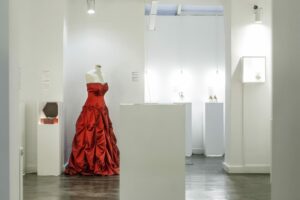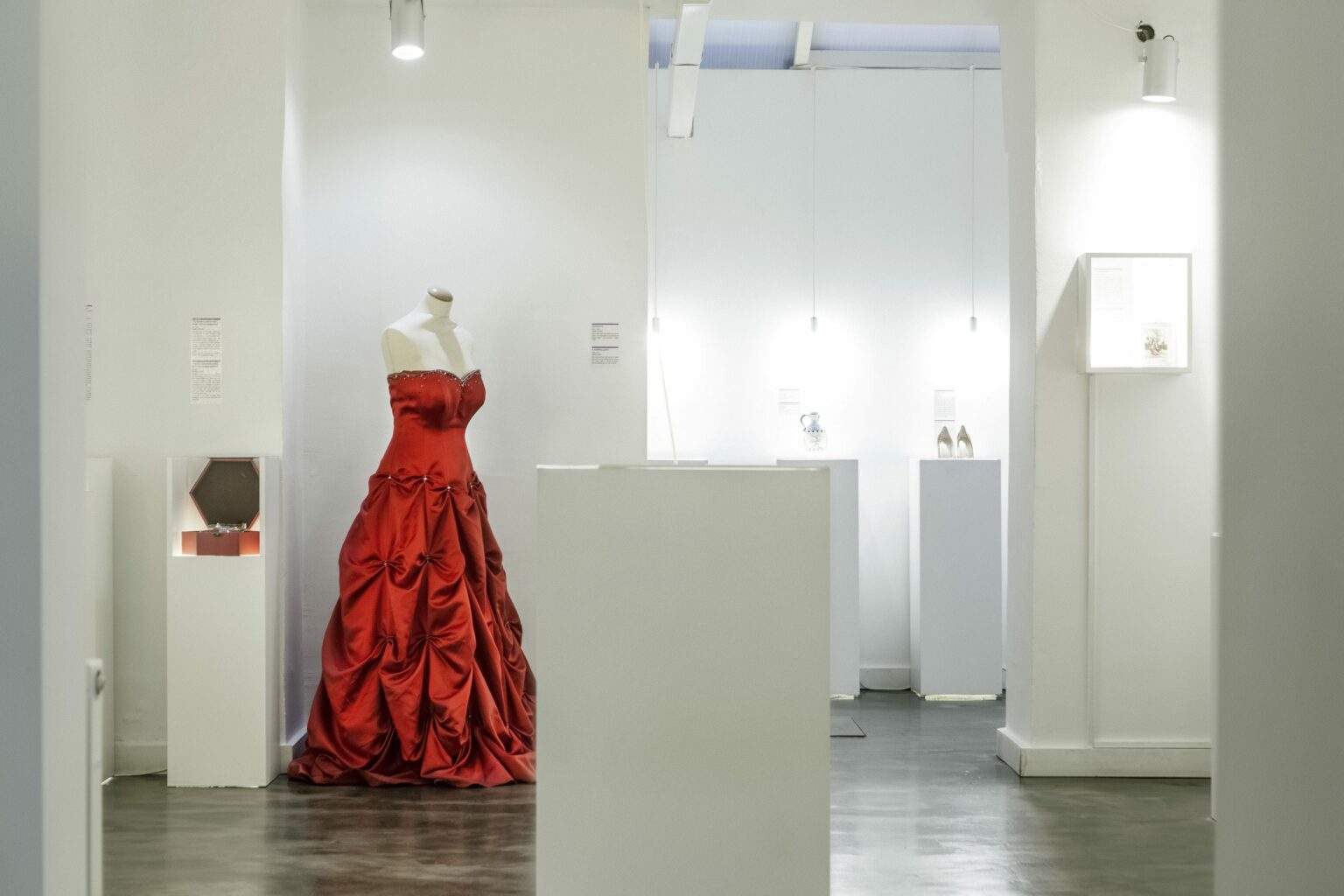Most of us visit a museum at least once during a vacation, although some people take more pleasure from it than others. If you’re one of those people who hasn’t felt a connection to your standard art and history museums, why not try something that’s more up your alley? There are more museums and unusual collections, Horatio, than are dreamt of in your philosophy.
We collected a list of 13 of those odd museums in our European cities. Add them to your favorites for a city trip, or take inspiration and look for the quirkiest museum in your own city! Let us know if you find a good one. For now, enjoy this selection of unusual items that some people decided to spend their lives collecting.
Note: some of the spots in this list may not be open due to Covid-19 health measures. We decided to write about all of them anyway (sometimes it’s just fun to know that these things exist!). Chuck them into your bucket (list) and keep an eye on websites for re-openings.
Broken relationships in Zagreb
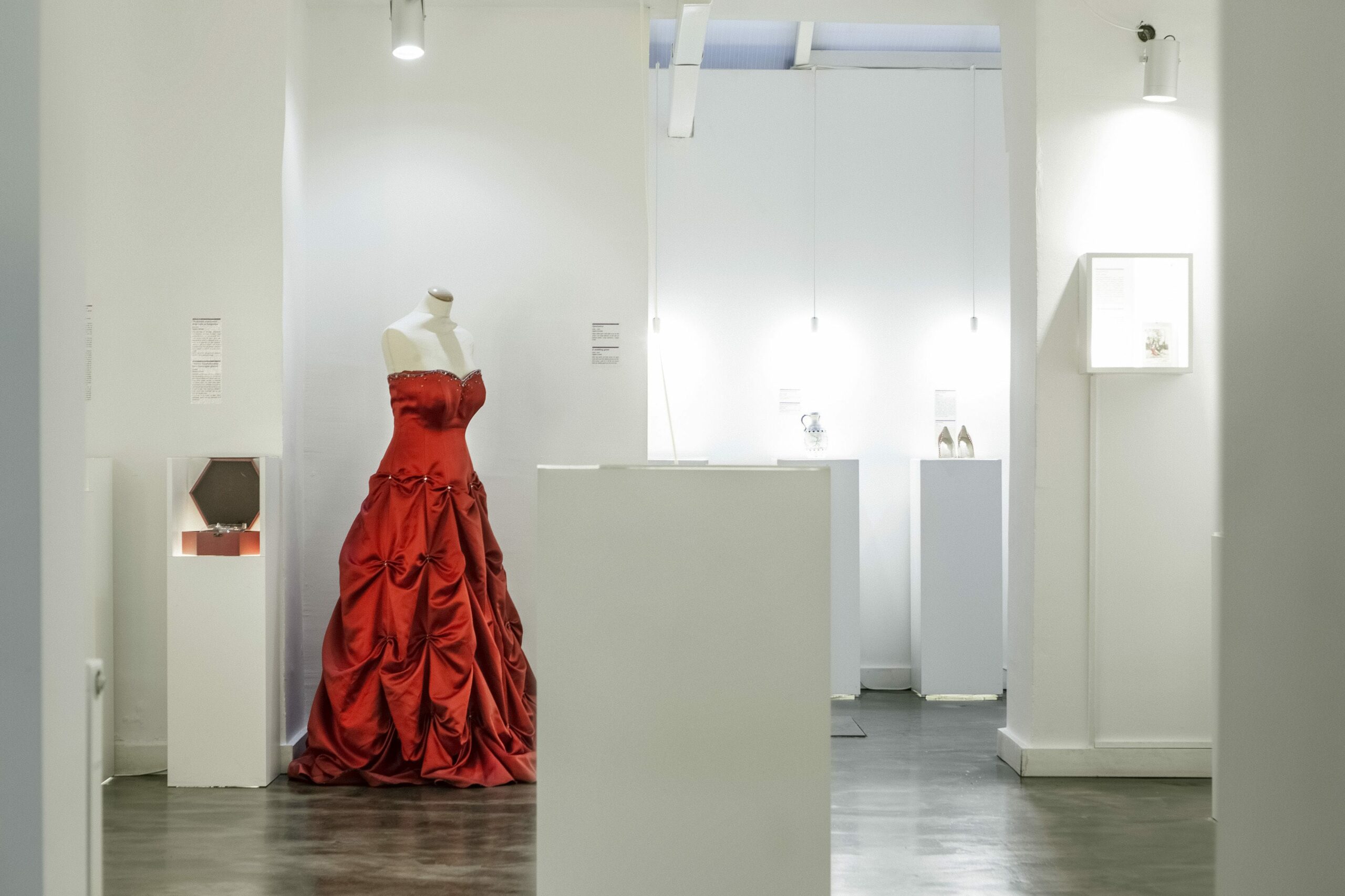
The Museum of Broken Relationships was first opened in 2006 by two artists who had broken up from a 4-year relationship. Their artistic idea that came from something beautiful that got broken gave this city one of its most original and fun museums. On display are many items that were left after relationships ended, each item with the unique story of one relationship attached to it.
It’s easy to relate to many of the stories found here. That may be why so many people come to enjoy this artistic and emotional roller coaster. It will surprise you how much love, laugh and hope is found here. Love does write the best stories in life!
Gingerbread in Moscow
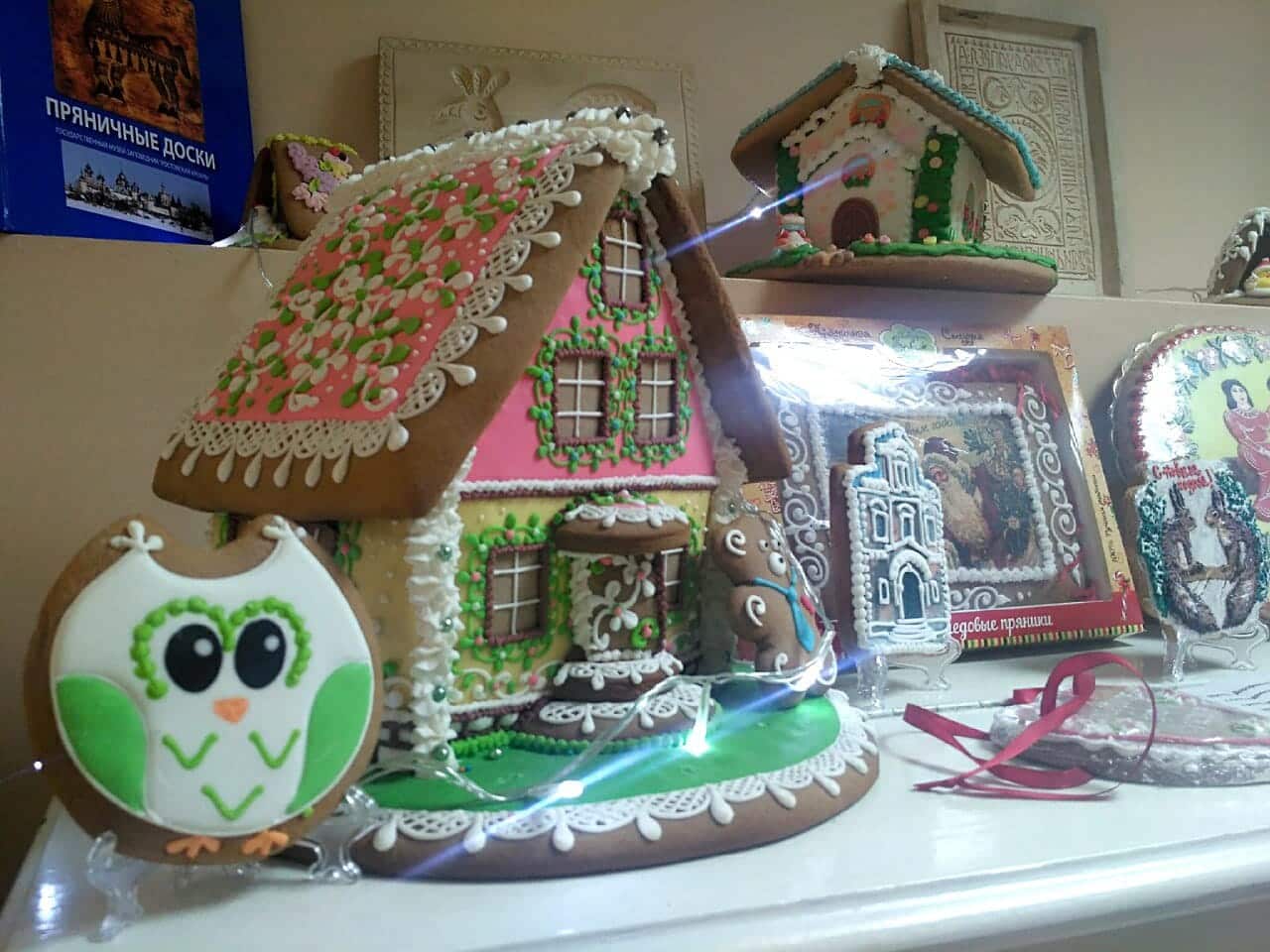
Walking into the Gingerbread Museum feels like walking into a fairy tale. There are some real masterpieces along the walls, including a gingerbread imperial palace, medieval castle, and cozy Christmas houses. The very knowledgeable owner will be able to share interesting stories about this craft. You can also learn how to decorate gingerbread in this museum, or buy a finished product as a gift.
Dolls in Lisbon
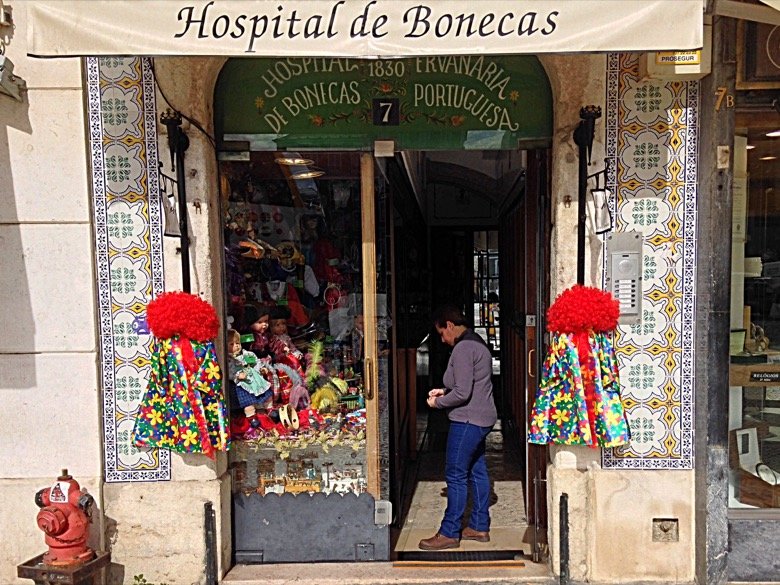
A long, long time ago, a young girl used to sit in front of a shop fixing broken dolls. All the children passing by would leave their “patients” with her to heal. And thus began the Doll Hospital.
“Hospital de Bonecas” has been around since 1830. Inside they mainly fix dolls and sell toys, however there is also a small but very unique museum on the upper floor. Shelves with eyes, broken legs, heads separated from bodies, even the “operation table”… perhaps it is good that they only open during the day, because coming here at night might turn into a different, creepier, story.
Booze culture in Stockholm
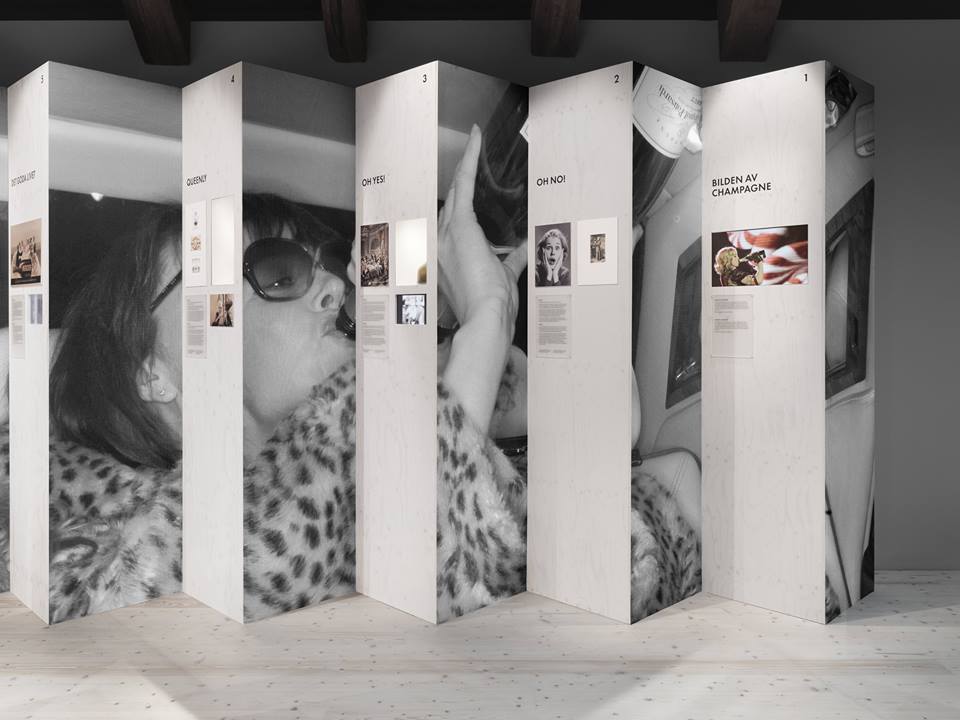
The Spiritmusem is an entire museum dedicated to the booze culture of Sweden. Learn about the bittersweet relationship between the Swedes and alcohol while walking through the seasons of the year taking in scenery, scents, tastes and music. You can also experience a simulation of drunkenness as well as a hangover and even do a quiz! Alcohol is, of course, also available for sale.
Computer games in Berlin
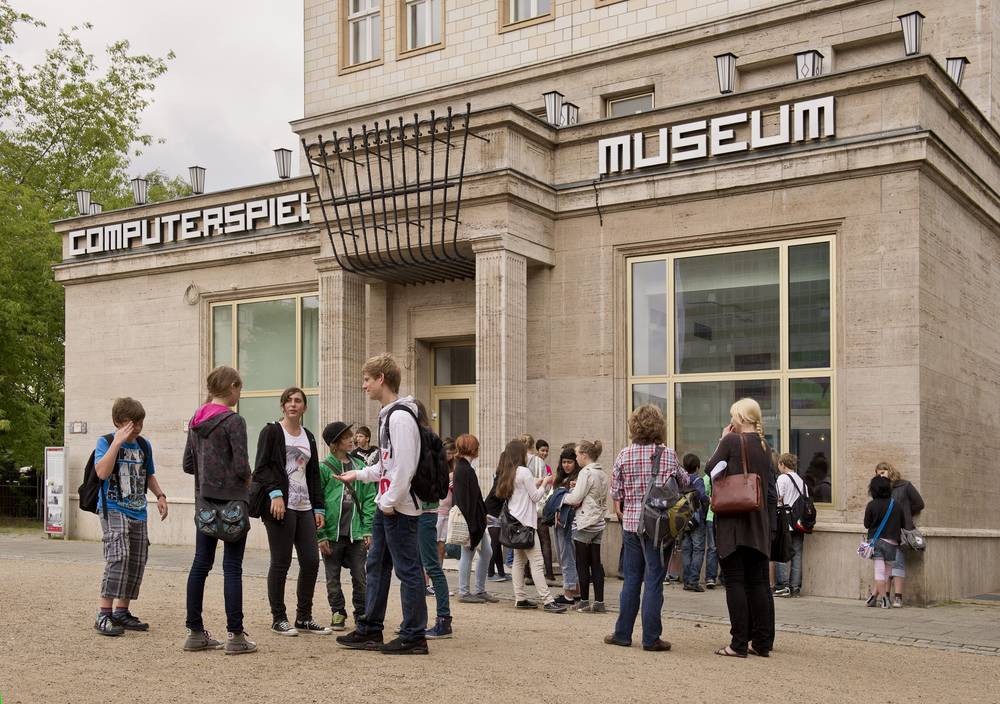
Take a trip down the virtual brain memory lane. The Computerspielemuseum in Berlin is Europe’s first
“computer game museum”, and the one with the largest collection of games, consoles and memorabilia. Learn about the history of the first computer games; play Pacman with a giant joystick that needs two people to maneuver; and see classics such as the Commodore C 64. Some of the consoles can even be played on during the visit.
Musical instruments in Brussels
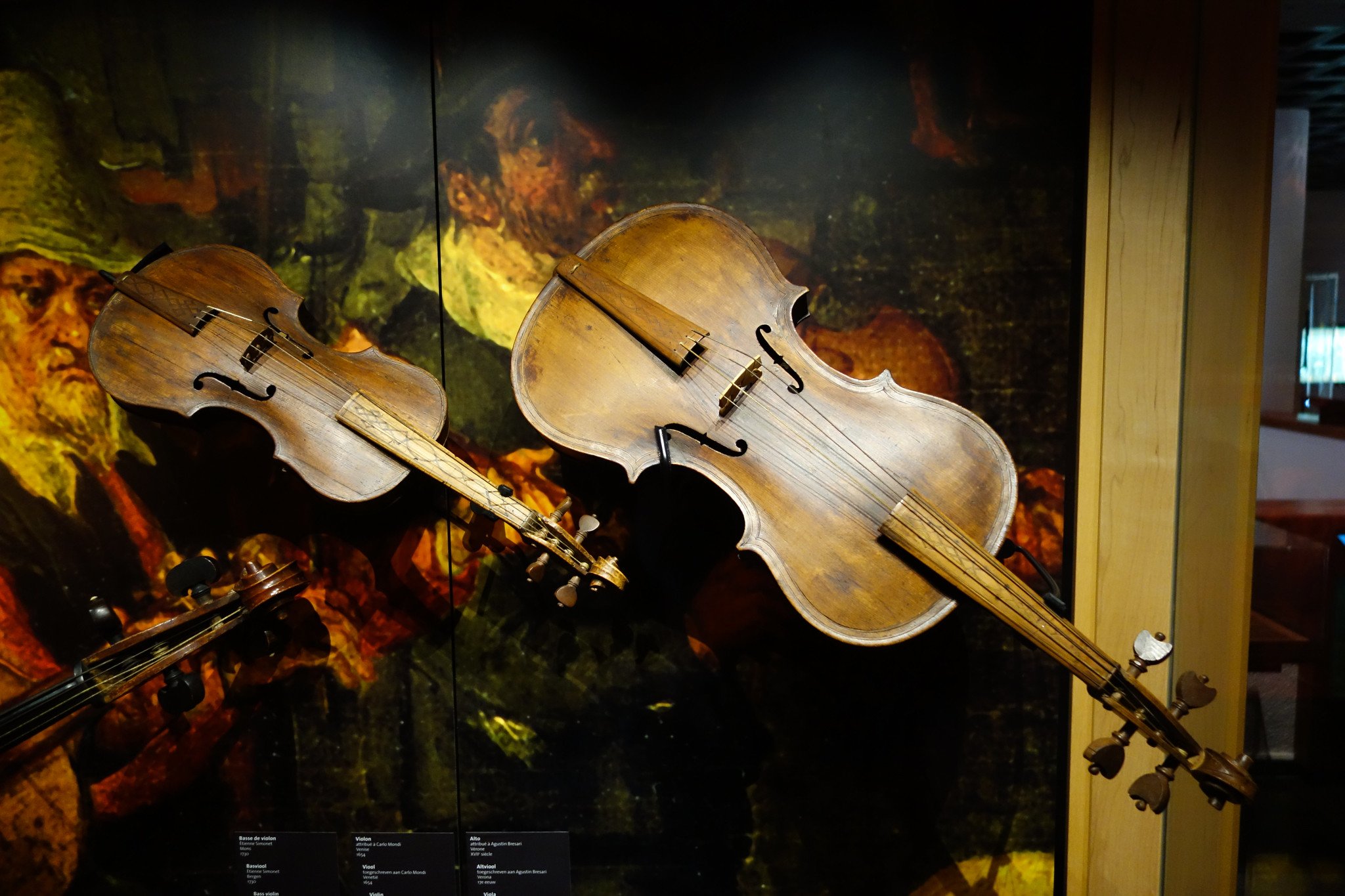
Located in the beautiful art nouveau building “Old England”, the Musical Instruments Museum preserves and displays various European and non-European instruments. Infrared headphones let you hear extracts from the pieces you are viewing. The exhibits are organized chronologically, guiding you through the long history of musical instruments from ancient times to the present day. From June until September, concerts are also organized here, making use of their rare and ancient collection.
Relics of “souls of purgatory” in Rome
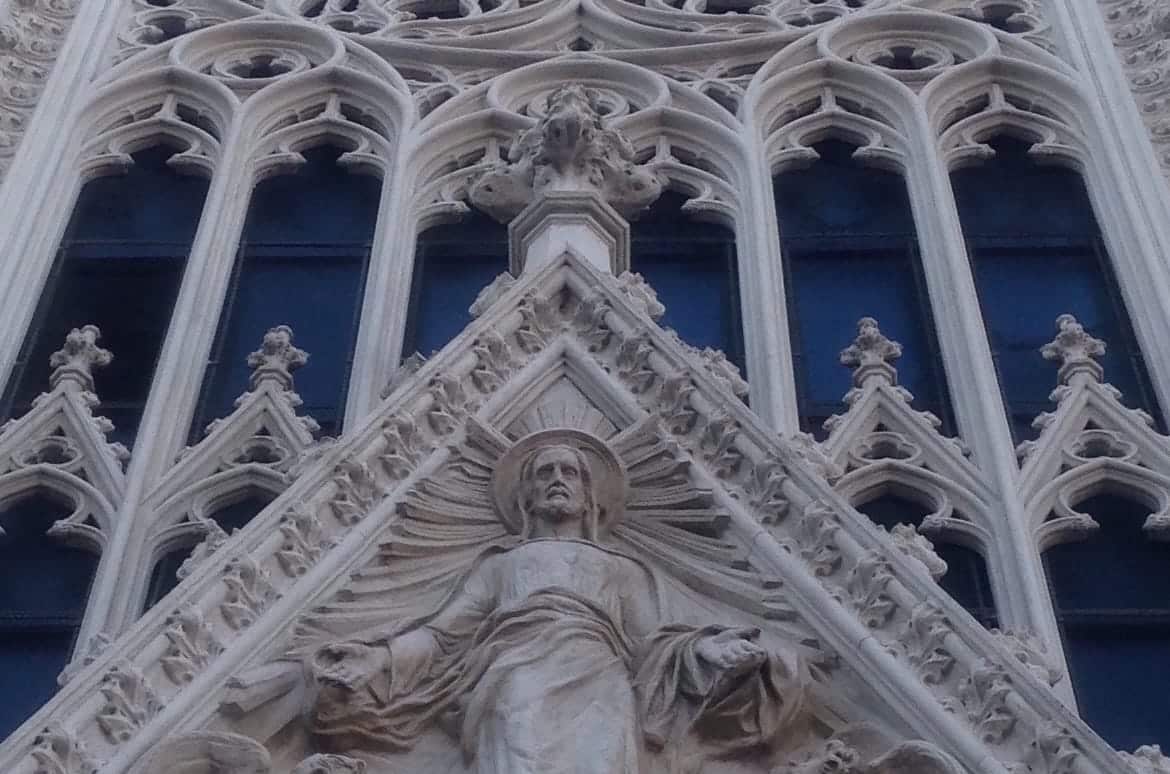
The Museo delle anime del Purgatorio (“Museum of the Souls of Purgatory”) collects relics, documents and photos of deceased people who were believed to be condemned to purgatory and trying to get in touch with the living. Who came up with this idea, and why?
It all started after a devastating fire in this church in 1897. A priest saw a soul engulfed in flames behind the alter, and believed it was the image of someone condemned to purgatory begging for help from the living. From that moment the priest began collecting objects and documents about similar occurrences, which you can admire in this unusual museum.
Fans in London
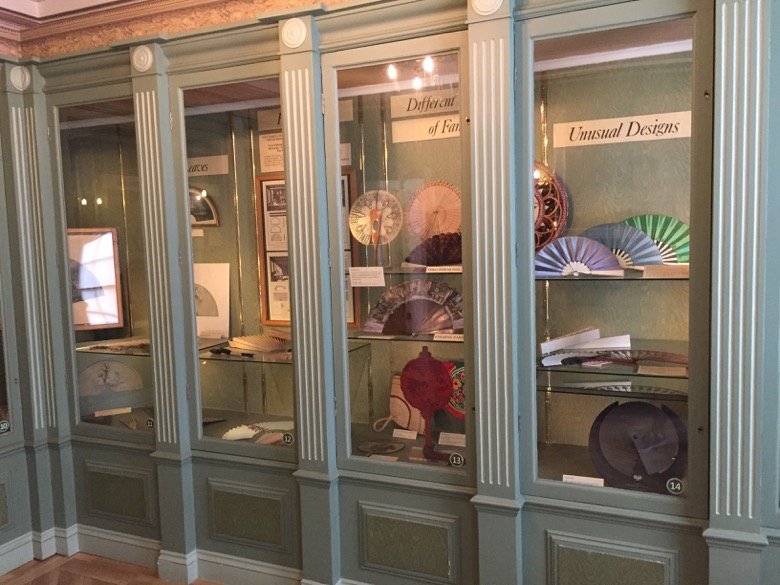
Think fans are just simple folded pieces of paper that people wave about? The Fan Museum in Greenwich will have you reconsidering. Although fairly compact, the museum squeezes history lessons, fashion trends and quirky facts into its collection. In one corner you’ll learn about the various materials that go into making a fan, while in another you’ll see enough feathers to make a peacock jealous! The museum also updates its temporary exhibitions frequently, giving fans something new to ponder with each visit.
Beer in Riga
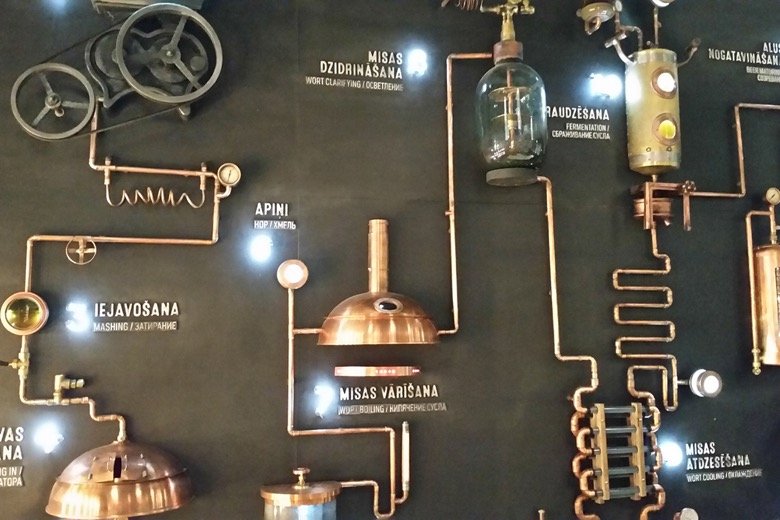
It is strange that a country with so many beer lovers didn’t have a beer museum for a long time, but luckily, the Aldaris Beer Museum opened recently at brewery Aldaris. It’s located in an old part of the brewery — some of the rooms hadn’t been used since 1938 – and you can see copper beer kettles that were used in those times. Aside from the exhibitions, and a bar, you can also take a beer-making master class and create your own unique beer. Note that you’ll have to wait at least a month to drink it though!
Communist times in Tirana
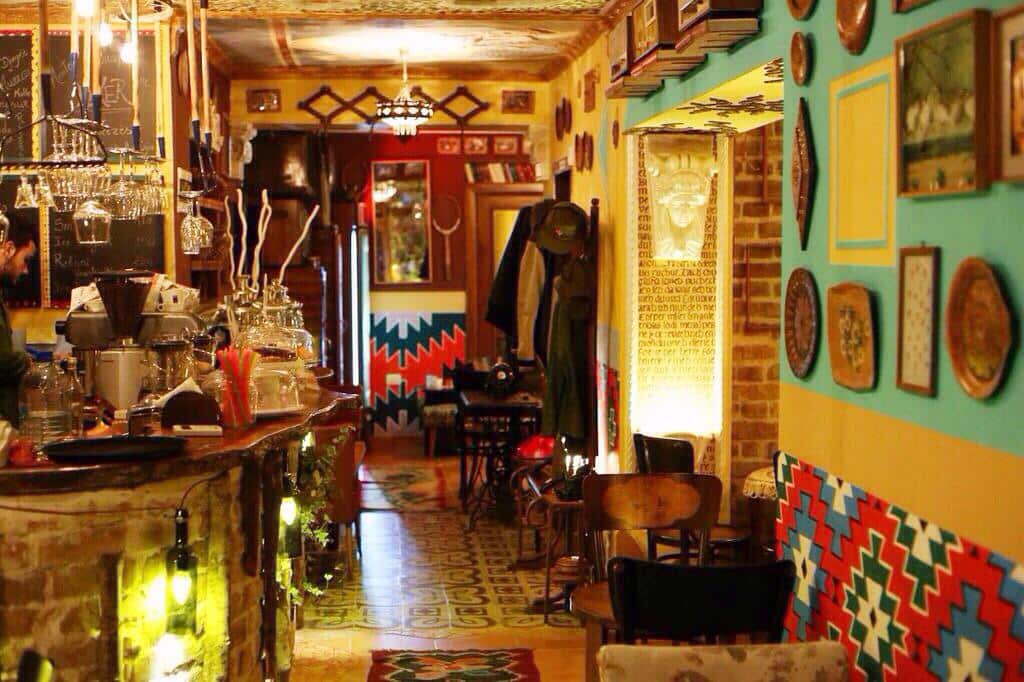
Komiteti – Kafe Muzeum is a coffee shop and a museum at the same time. Its interior is inspired by the communism era in Albania: the furniture, the walls and even the toilet. They serve a special candy that was very famous in 1970-1990 in Albania called “karamele Zana”. The staff at Komiteti are very friendly and happy to explain the different objects that are part of this little museum. It’s an interesting place for nostalgic people trying to remember what’s left of communism, or for tourists who are curious about daily life that era.
Neon signs in Warsaw
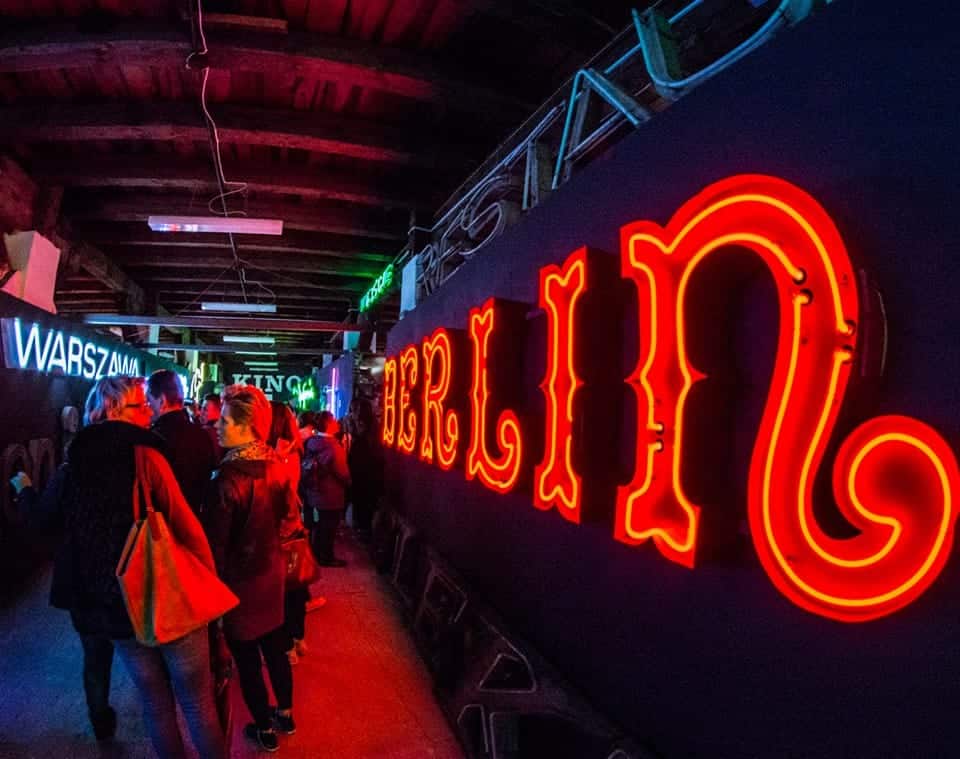
Neon Muzeum in Warsaw displays, as the name indicates, a collection of old neon signs. Right at the entrance, the history of neon signs is presented from their beginnings at the start of the twentieth century right up to modern times. All of the signs in the exhibition are originals that used to hang above shop displays or on streets. Each is accompanied by a card that explains its history and original context. Together, they form one of the largest neon sign collections in the world.
Carpets in Yerevan
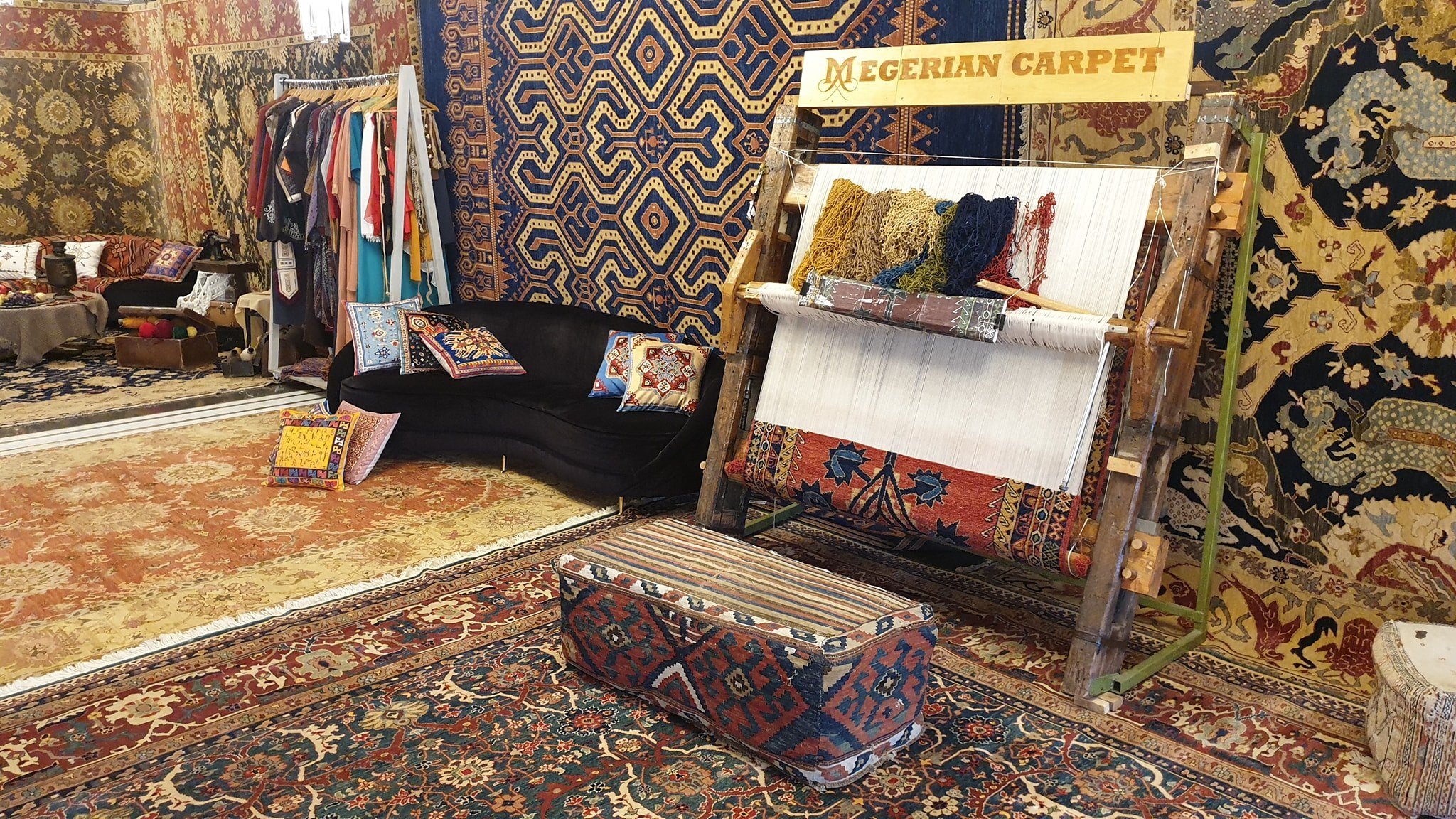
A private and family-run institution, Megerian Carpet creates ornate hand-made carpets and shares the culture and craft of carpet-making with visitors. They have a collection of ancient and new carpets with interesting histories, and you can take a short guided tour through this small museum. You can also observe the entire process of creating a carpet, from the coloring of the threads through to the weaving.
Another unique part of this museum is its restaurant, which serves authentic Armenian cuisine, and occasionally hosts traditional live music events.
Torpedoes in Rijeka
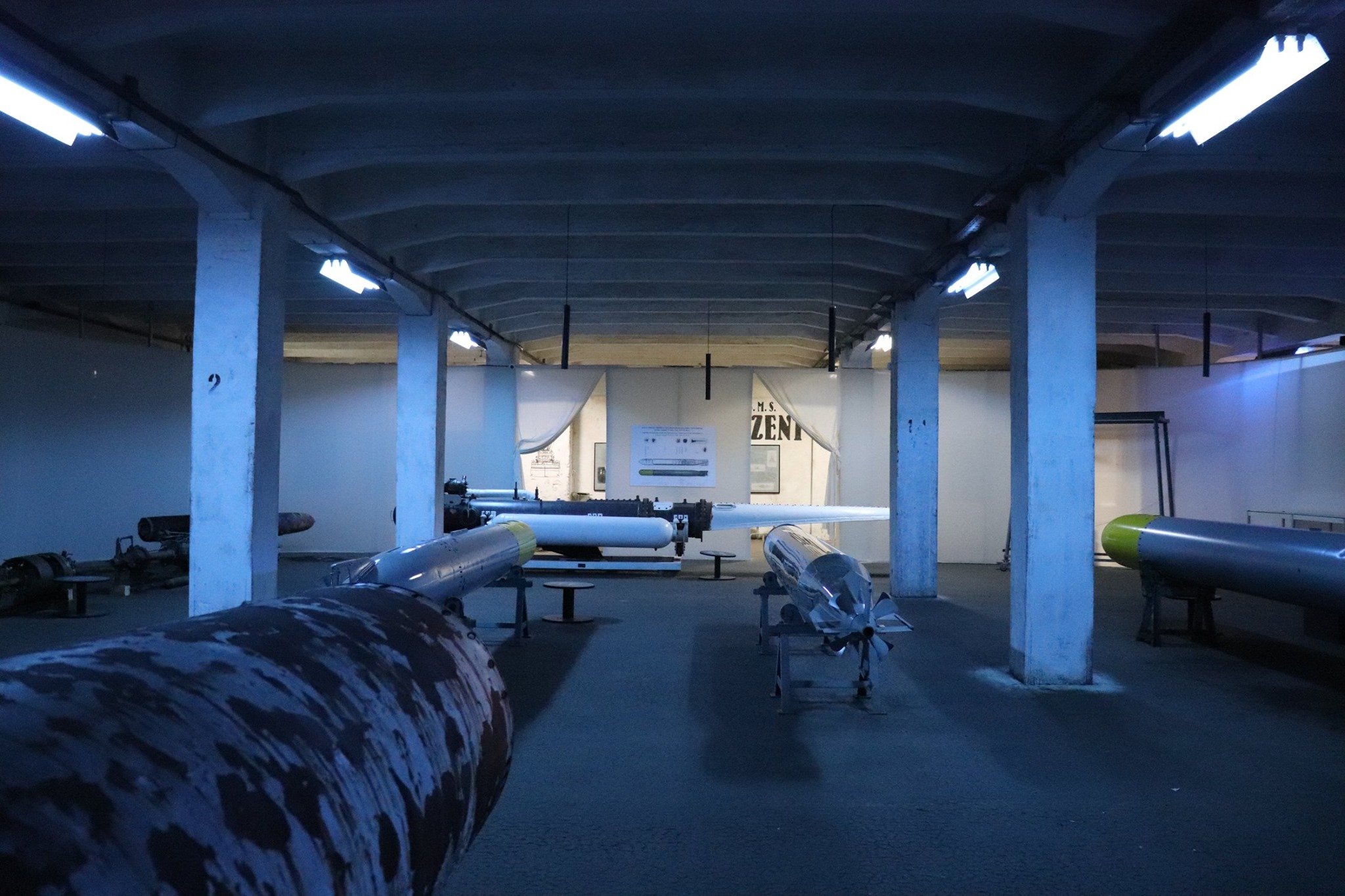
The torpedo was created in Rijeka in 1866 by the Croatian inventor Ivan Luppis and British engineer Robert Whitehead. To celebrate the 150th anniversary of this invention, which changed the face of maritime war, a permanent exhibition called “Torpedo – first in the world” was set up.
The creators of the exhibition are captain Goran Pernjek, a specialist about the historical development of the torpedoes, and Ivo Mileusnić, a senior curator of the Maritime and Historical Museum of the Croatian Littoral Rijeka. Visit this interesting site to see some of the first torpedoes made and the tools used to be build them, and learn how this invention put Rijeka on the world map as an important industrial city.
More? We have blogs for 80+ cities!
